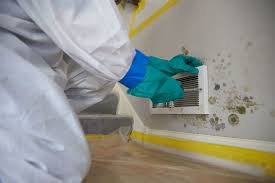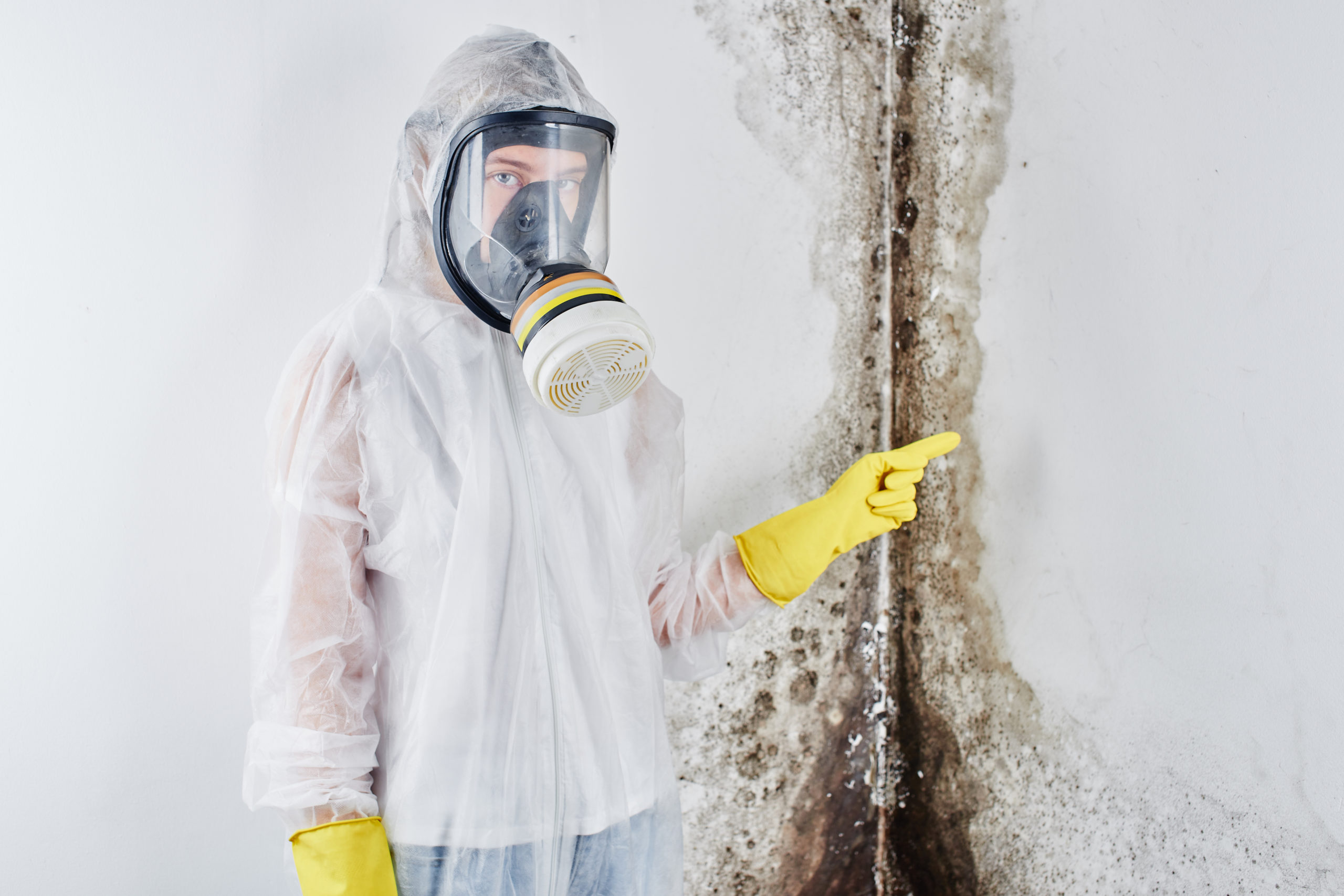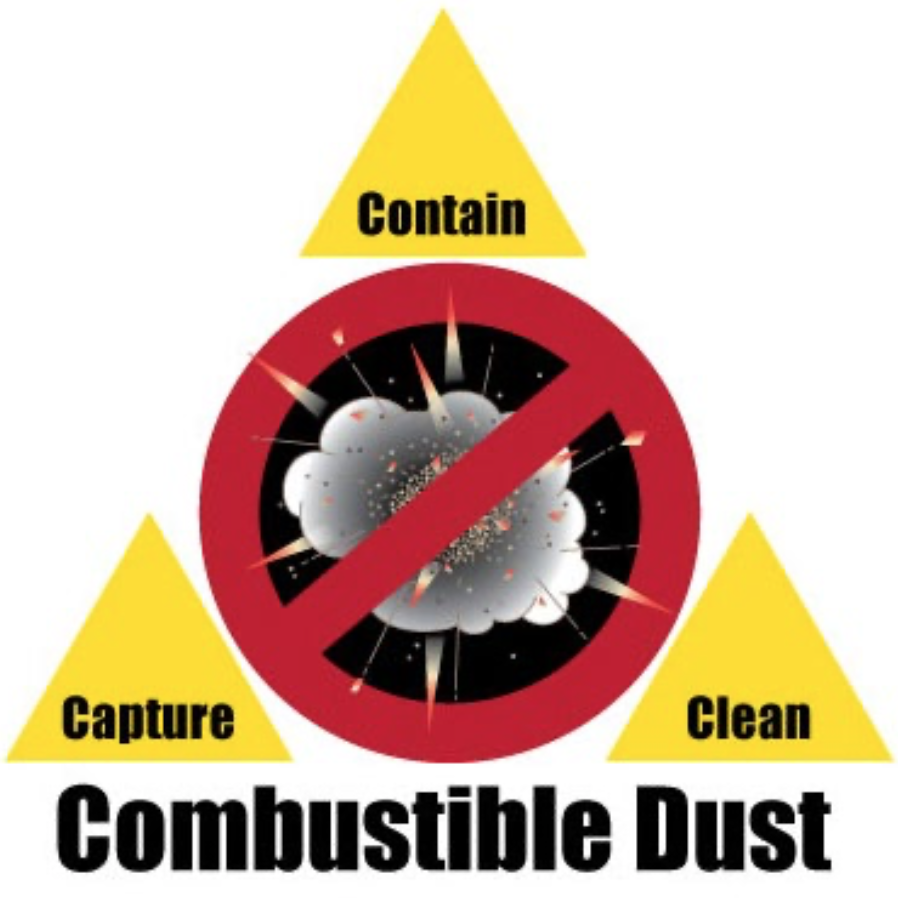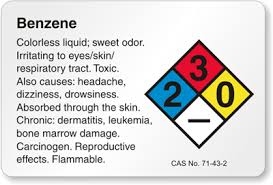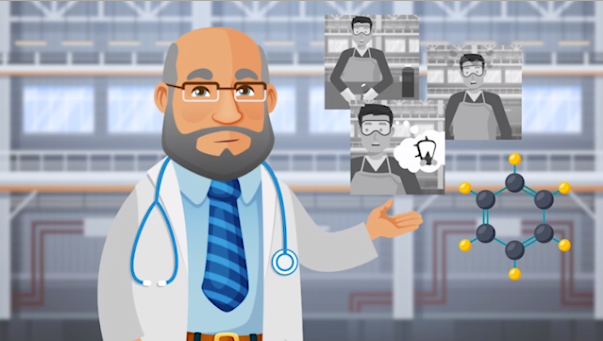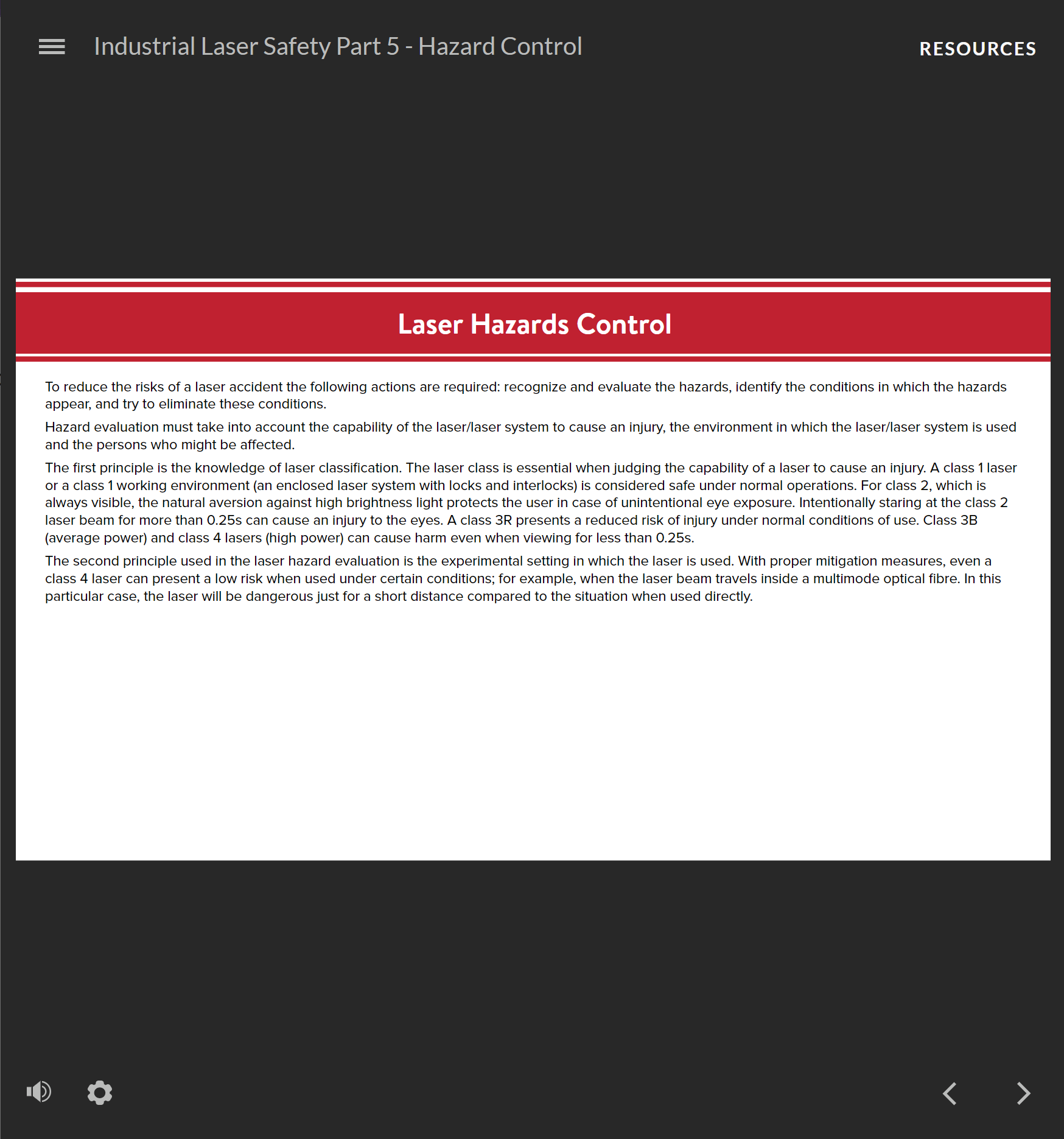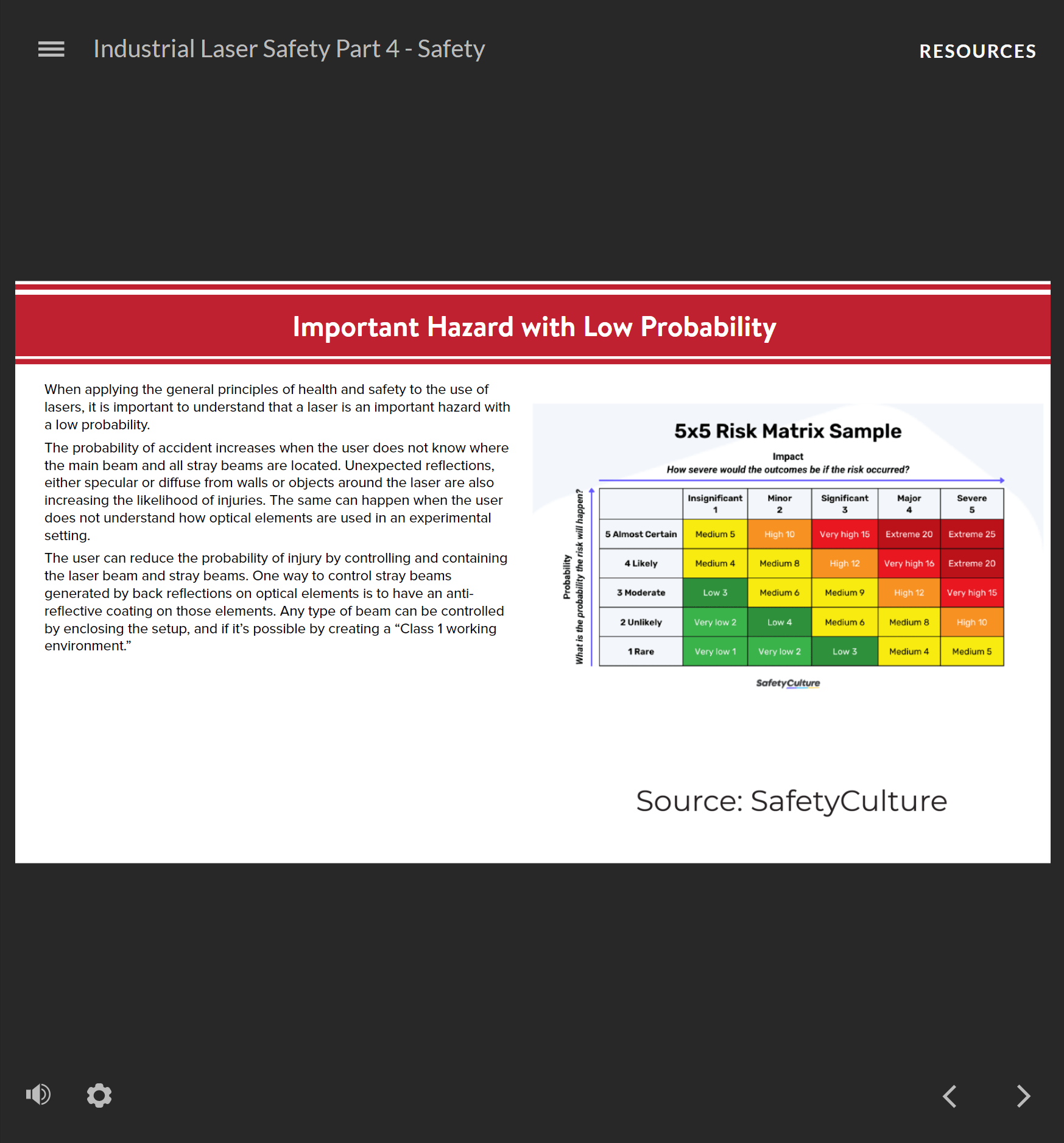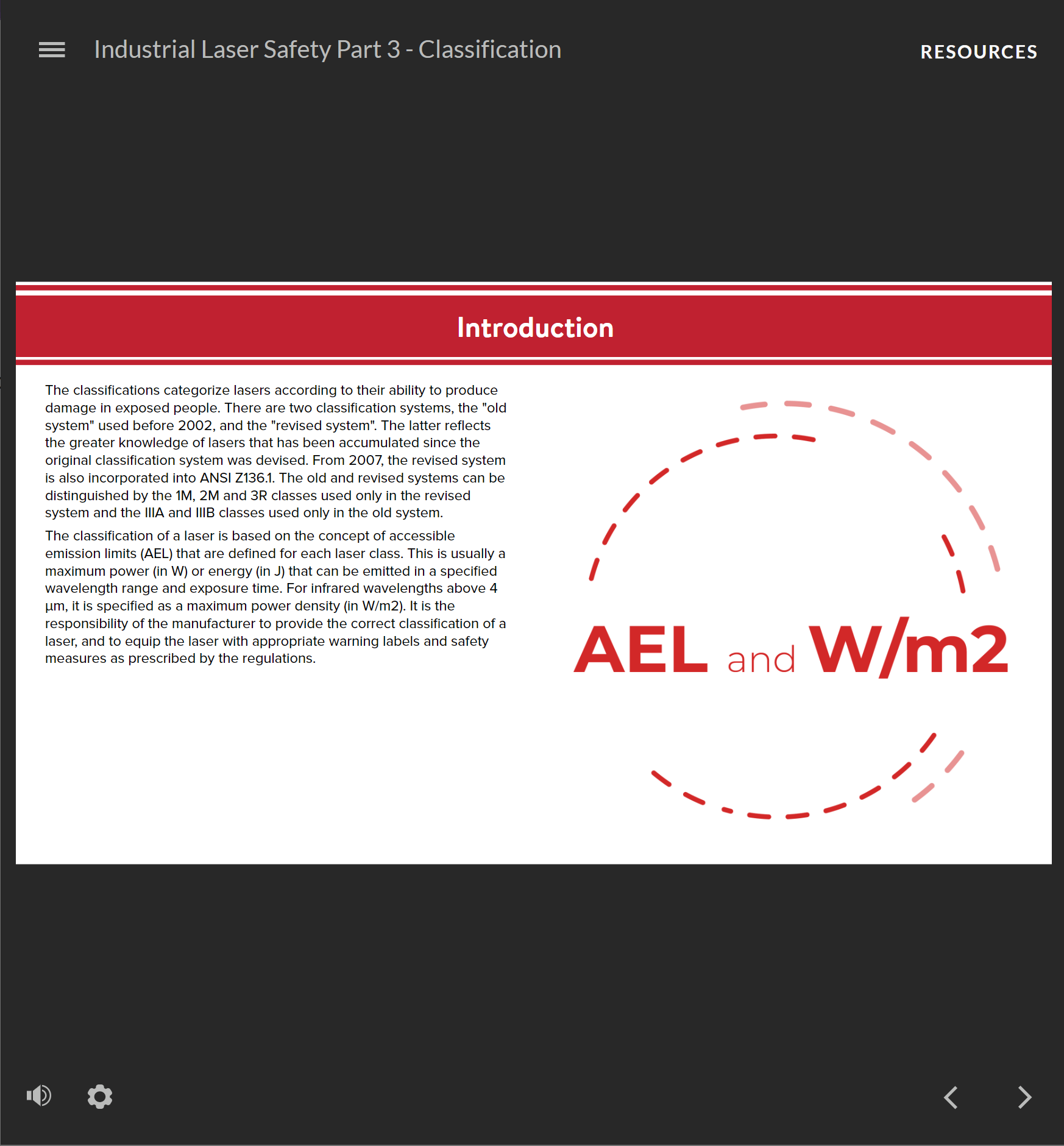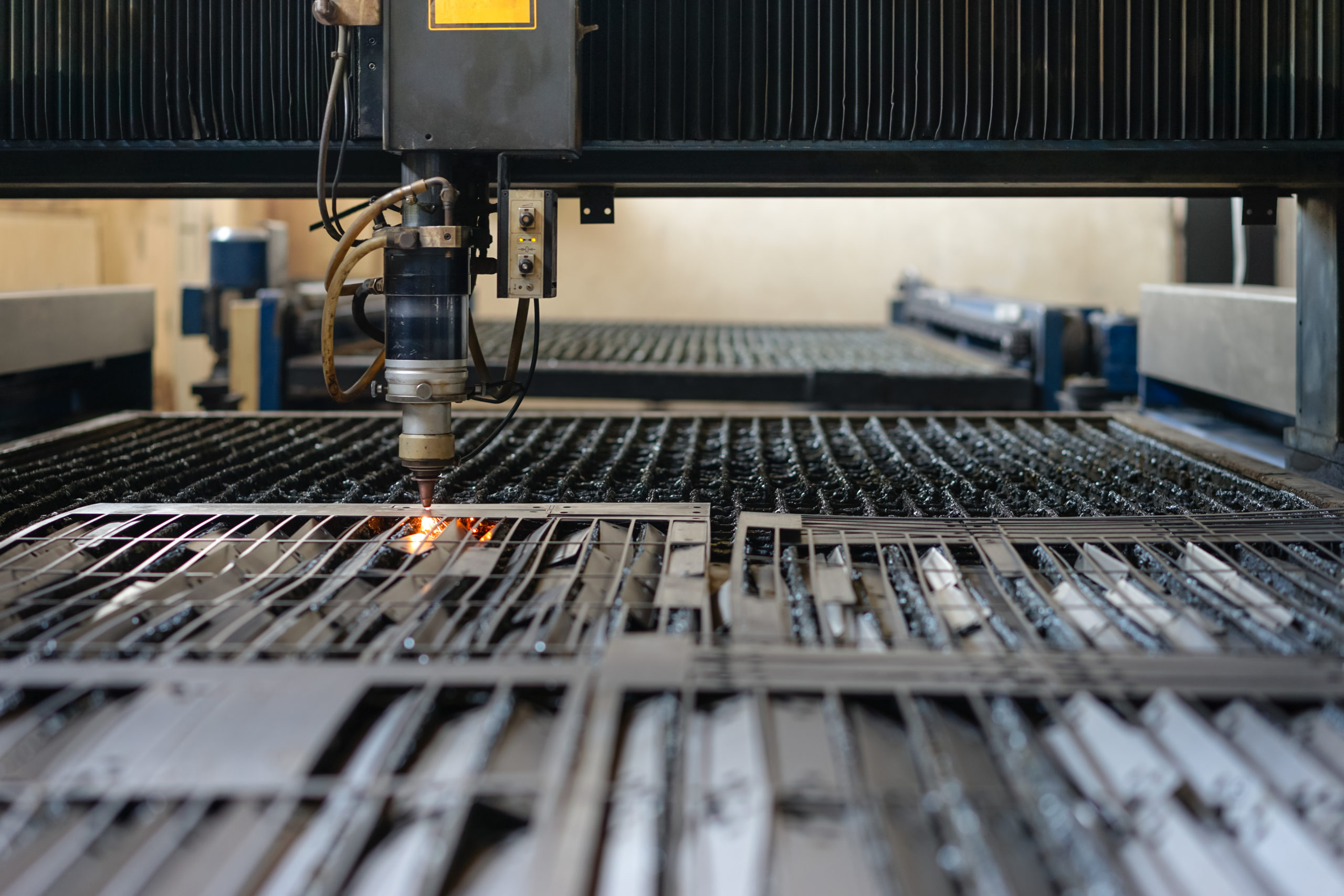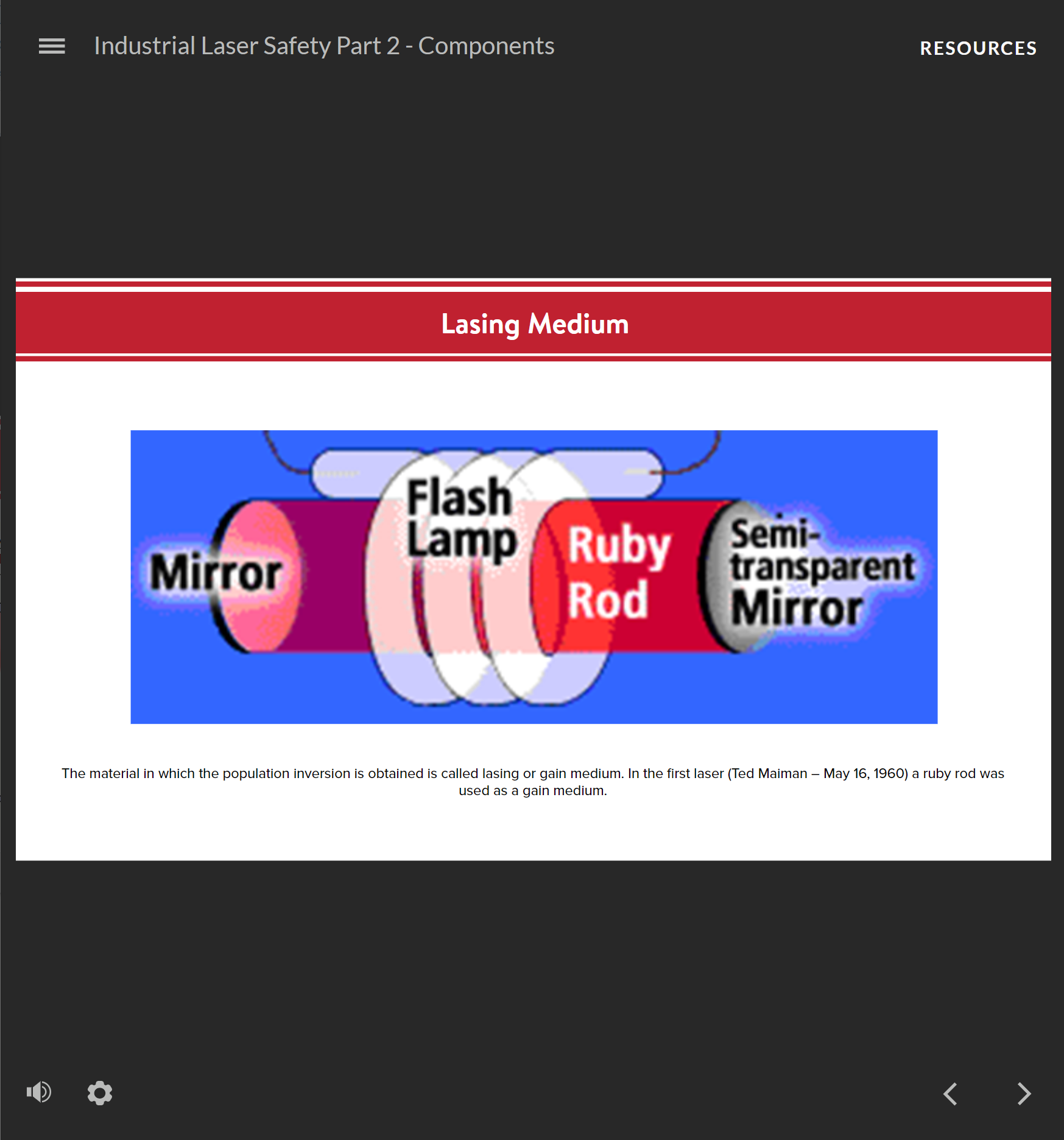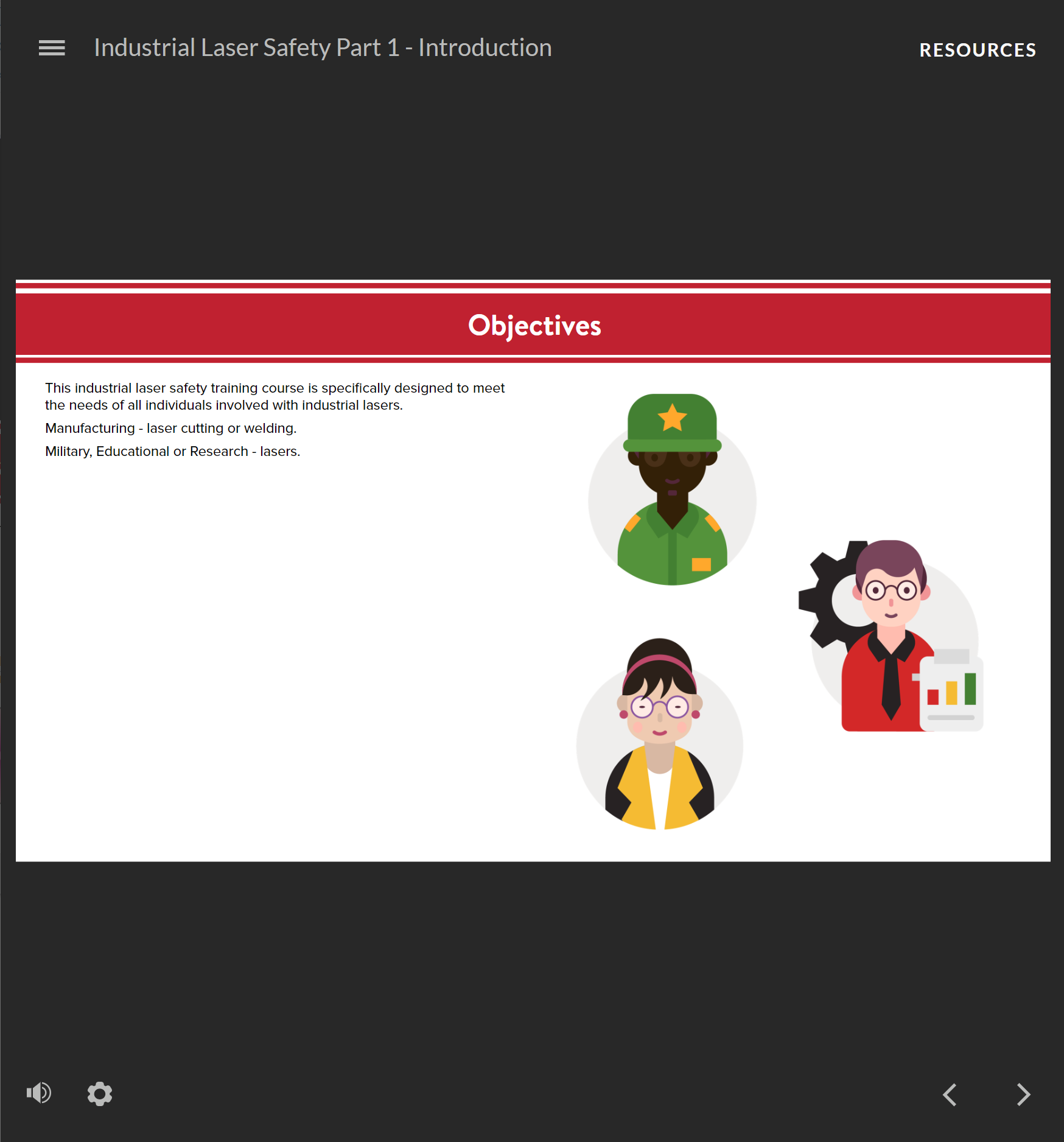-
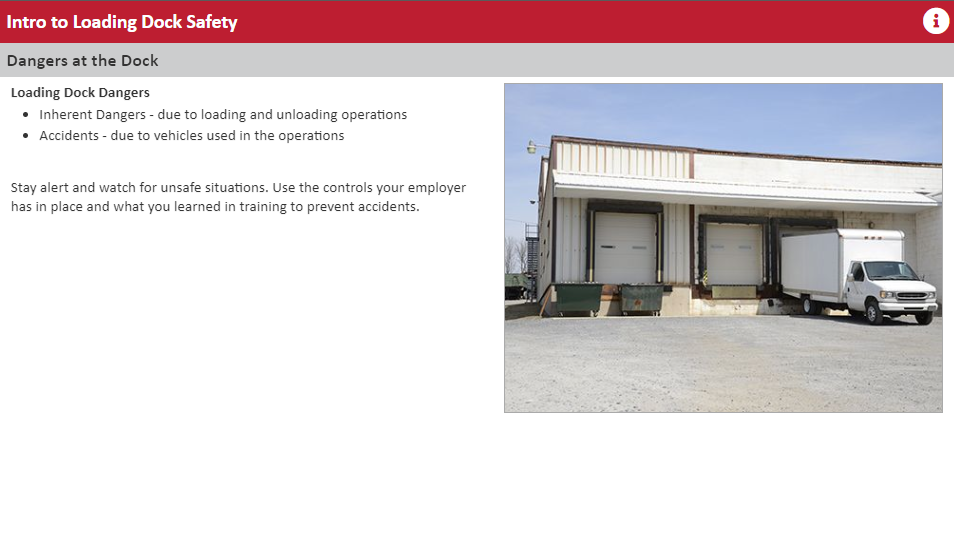
 Workers loading and unloading materials should be instructed in safe procedures appropriate to the material they handle. Truck or rail tank car loading or the unloading of flammable/combustible liquids is one of the most hazardous operations likely to be undertaken at any manufacturing or storage facility. Workers engaged in the loading or unloading of suspension-type highway trailers may be at an increased risk of injury due to the inability of damaged trailers to support the weight of the powered industrial truck used to load or unload the trailer. The goal of this lesson is create awareness of these hazards and to provide knowledge to the learner on how to avoid accidents and/or injury.
Workers loading and unloading materials should be instructed in safe procedures appropriate to the material they handle. Truck or rail tank car loading or the unloading of flammable/combustible liquids is one of the most hazardous operations likely to be undertaken at any manufacturing or storage facility. Workers engaged in the loading or unloading of suspension-type highway trailers may be at an increased risk of injury due to the inability of damaged trailers to support the weight of the powered industrial truck used to load or unload the trailer. The goal of this lesson is create awareness of these hazards and to provide knowledge to the learner on how to avoid accidents and/or injury. -

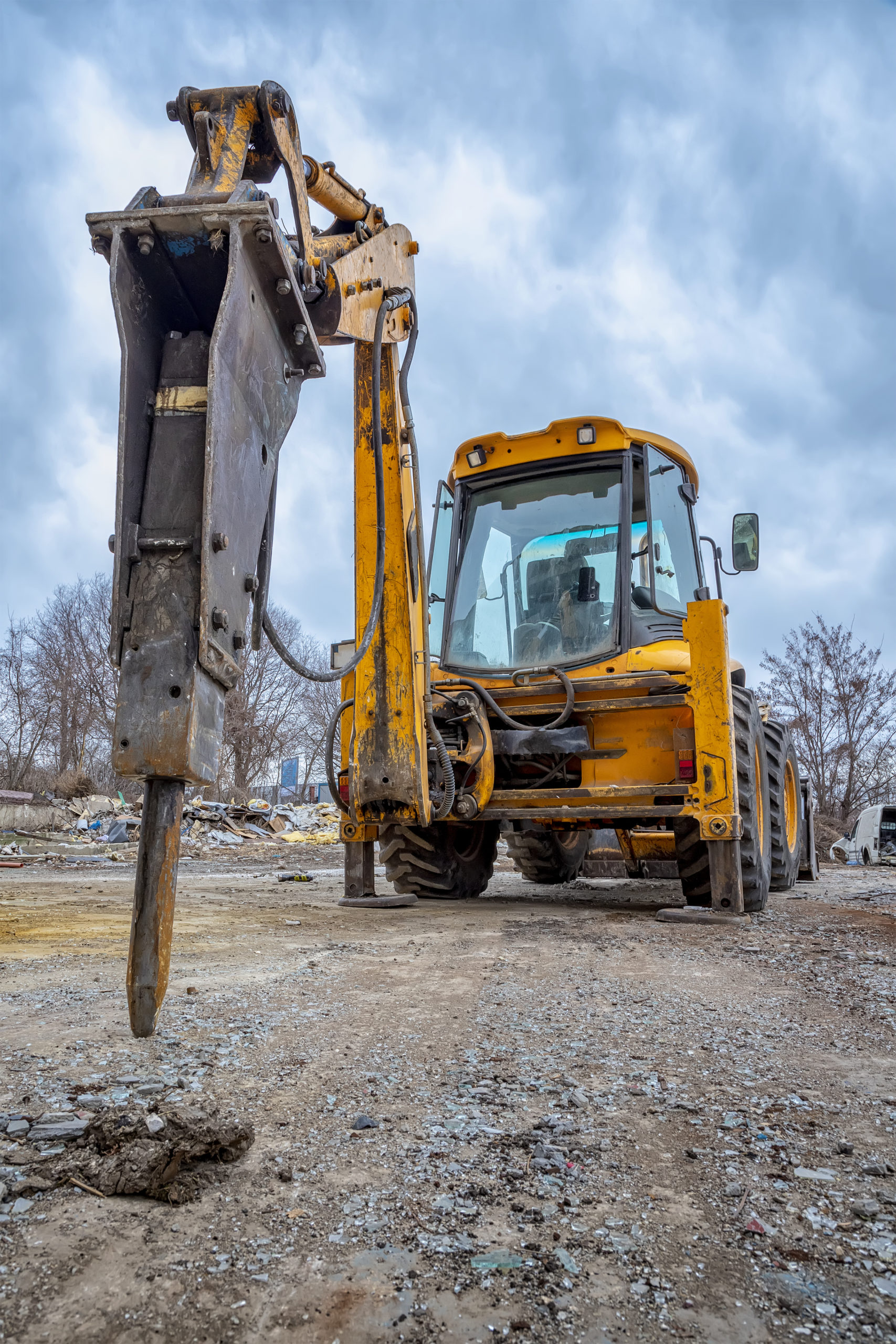
Learning Objectives
- Describe the basic principle of hydraulics
- Explain the effect air can have on hydraulic systems
- Identify five components common to most hydraulic systems
- Describe two key considerations that must be taken into account when selecting a hydraulic pump
- Identify the two most common types of hydraulic circuits
-
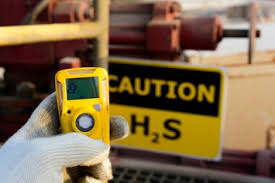
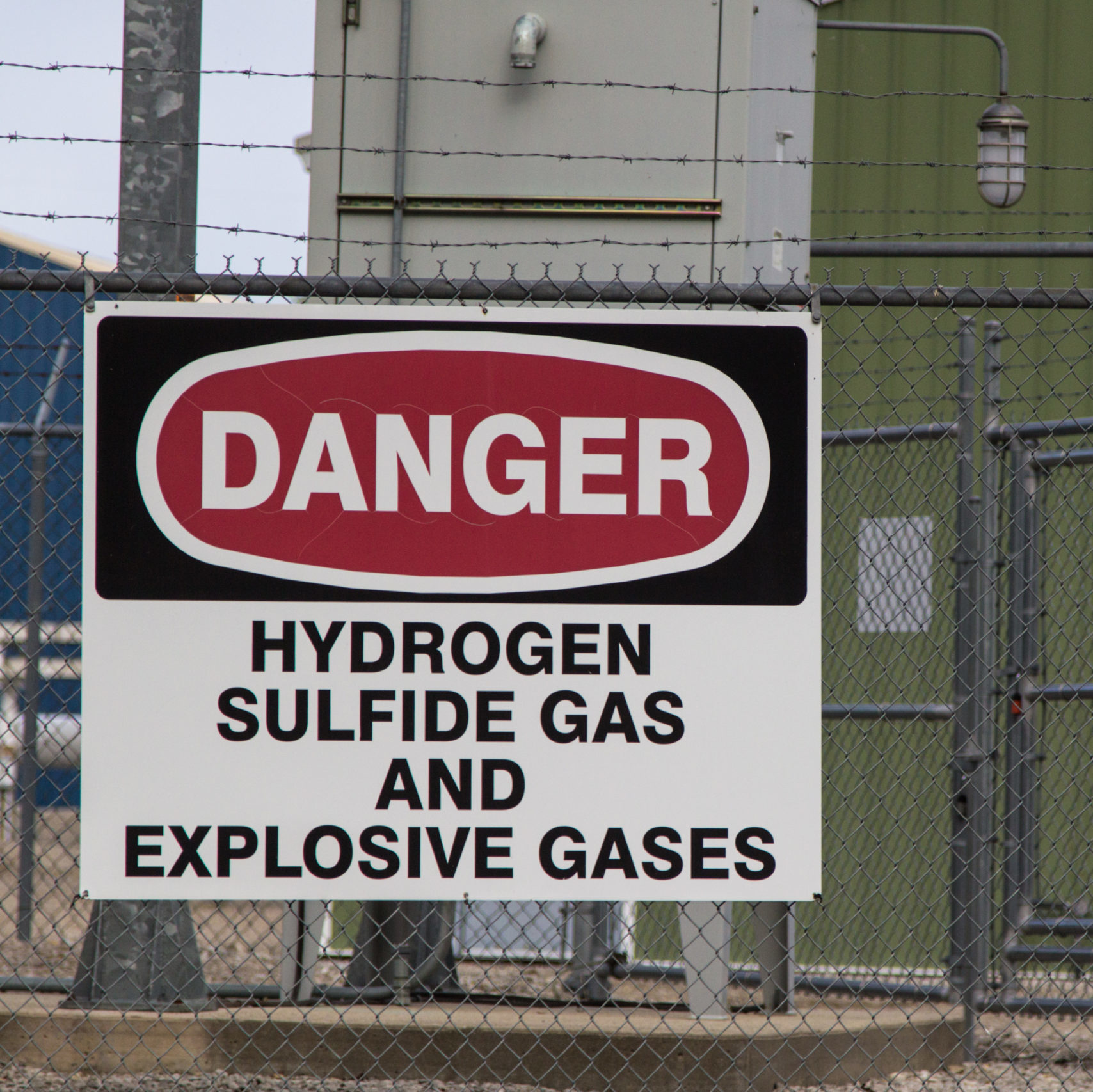 Hydrogen sulfide is a chemical compound with the formula H2S. It is an extremely hazardous gas whose marker is the smell of rotten eggs. It is colorless and very dangerous when high concentrations are inhaled. Hydrogen sulfide is highly flammable and explodes easily near lit matches, cigarettes, and other sources of spark or heat. Although only a little irritating at lower concentrations, hydrogen sulfide exposure can result in death. The most likely and dangerous exposure pathway is through inhalation of hydrogen sulfide gas, however, there are some instances where contact is made with the skin. Contact with the skin can result in frostbite or burns.
Hydrogen sulfide is a chemical compound with the formula H2S. It is an extremely hazardous gas whose marker is the smell of rotten eggs. It is colorless and very dangerous when high concentrations are inhaled. Hydrogen sulfide is highly flammable and explodes easily near lit matches, cigarettes, and other sources of spark or heat. Although only a little irritating at lower concentrations, hydrogen sulfide exposure can result in death. The most likely and dangerous exposure pathway is through inhalation of hydrogen sulfide gas, however, there are some instances where contact is made with the skin. Contact with the skin can result in frostbite or burns.

